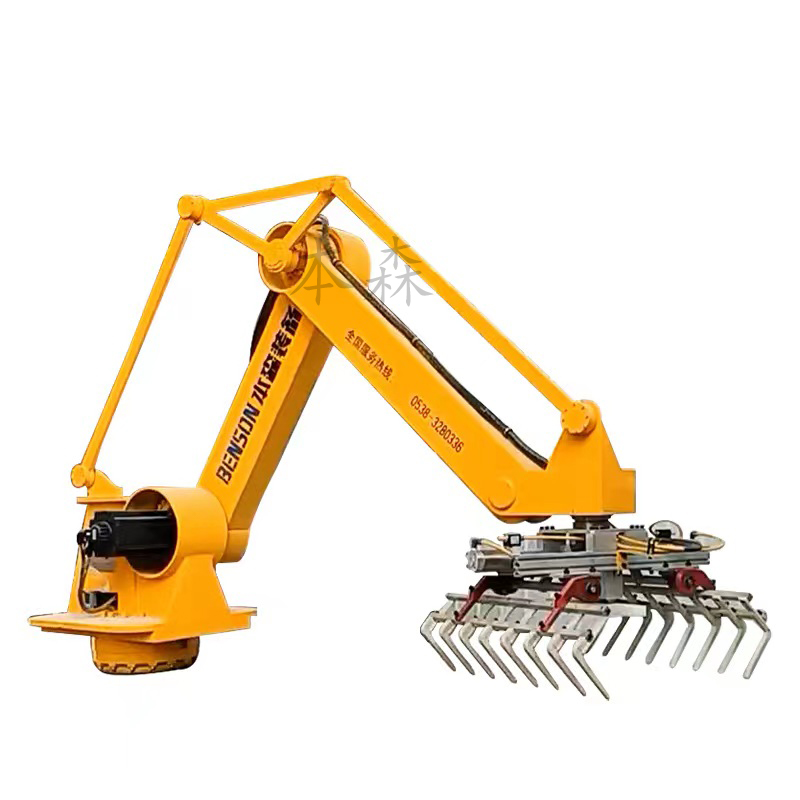How to maintain industrial robots?
Systematic maintenance of industrial robots is the key to ensuring equipment accuracy, extending service life and ensuring production safety. It is necessary to formulate a layered maintenance strategy in combination with the mechanical structure, electrical system and working environment. It can be specifically developed from the following dimensions:
1. Daily basic maintenance: status monitoring and cleaning maintenance
Before starting the machine every day, check the robot body and cable connections, observe whether the joints are stuck, whether there are abnormal noises or alarm logs, and detect potential faults in time. During operation or after the shift, use a dry soft cloth, compressed air or special cleaning agent to remove dust and oil from the surface of the body, guide rails and end effector. Clean industry models need to use sterile wiping to prevent material residual corrosion. Pay special attention to whether the cable has signs of wear or pulling, ensure the stability of communication and power connections, and avoid the accumulation of debris or the intrusion of pollutants affecting the accuracy of sensors and joint activities.
2. In-depth maintenance of mechanical systems: lubrication, tightening and component inspection
Replace the gearbox lubricant according to the manufacturer’s manual cycle (usually every 1 year or 5000 hours), and use the specified grease to regularly lubricate the sliding joints and guide rails to prevent gear wear or joint jamming; check the torque of the bolts in key parts every month, and use special tools to tighten according to the standard torque to avoid loose bolts caused by heavy load or high-frequency vibration, which will cause mechanical displacement. Regularly check the wear of the end effector (such as grippers and suction cups).
3. Electrical and control system maintenance: circuit maintenance and data management
Clean the dust from the heat dissipation holes of the servo motor every six months, check the insulation layer and wiring terminals of the power cable and communication cable, and replace the aging or oxidized cables and connectors in time; clean the encoder, force sensor and other precision components to ensure accurate signal transmission.
4. Safety regulations and operating points: shutdown protection and accessories management
All maintenance operations must be carried out after power failure and residual energy release, hang warning signs and lock the power supply, and operate slowly through the teach pendant when manually moving the joint to ensure that there is no interference around. Prioritize the use of special tools provided by the manufacturer, and choose original certified accessories when replacing parts to avoid system failures caused by compatible parts specification errors. Strictly follow the safety guidelines in the equipment manual, pay special attention to the protection of heavy-duty robots or high-speed moving parts, and prevent safety accidents such as pinching and collision.
The above maintenance measures can effectively improve the reliability of industrial robots (, maintain high-precision positioning capabilities, and reduce downtime losses. There are differences in robot maintenance parameters for different brands and application scenarios. It is recommended to develop a personalized plan in combination with the equipment manual, focusing on high-frequency motion joints, end effectors and environmentally sensitive components to maximize maintenance efficiency and equipment life.

Related recommendations
-
Characteristics of industrial palletizing robot
20Palletizing robot have developed rapidly in many fields with their own advantages, and they are often seen in many industries such as manufacturing.
View details -
Automatic Wrapping Machine: Technological Innovation and Development in Tandem
32Automatic wrapping machine are achieving the leap from "mechanical operation" to "intelligent empowerment" through continuous technological innovation.
View details -
New loading machine-full automatic loading machine
30The loading machine is an industrial equipment specially used for automatic loading of goods. It is mainly used in manufacturing and other fields.
View details -
How depalletizing robot save labor
27The depalletizing robot realizes efficient and accurate material disassembly operations by integrating pneumatic technology and robotic systems.
View details
 Benson robots
Benson robots






HelloPlease log in